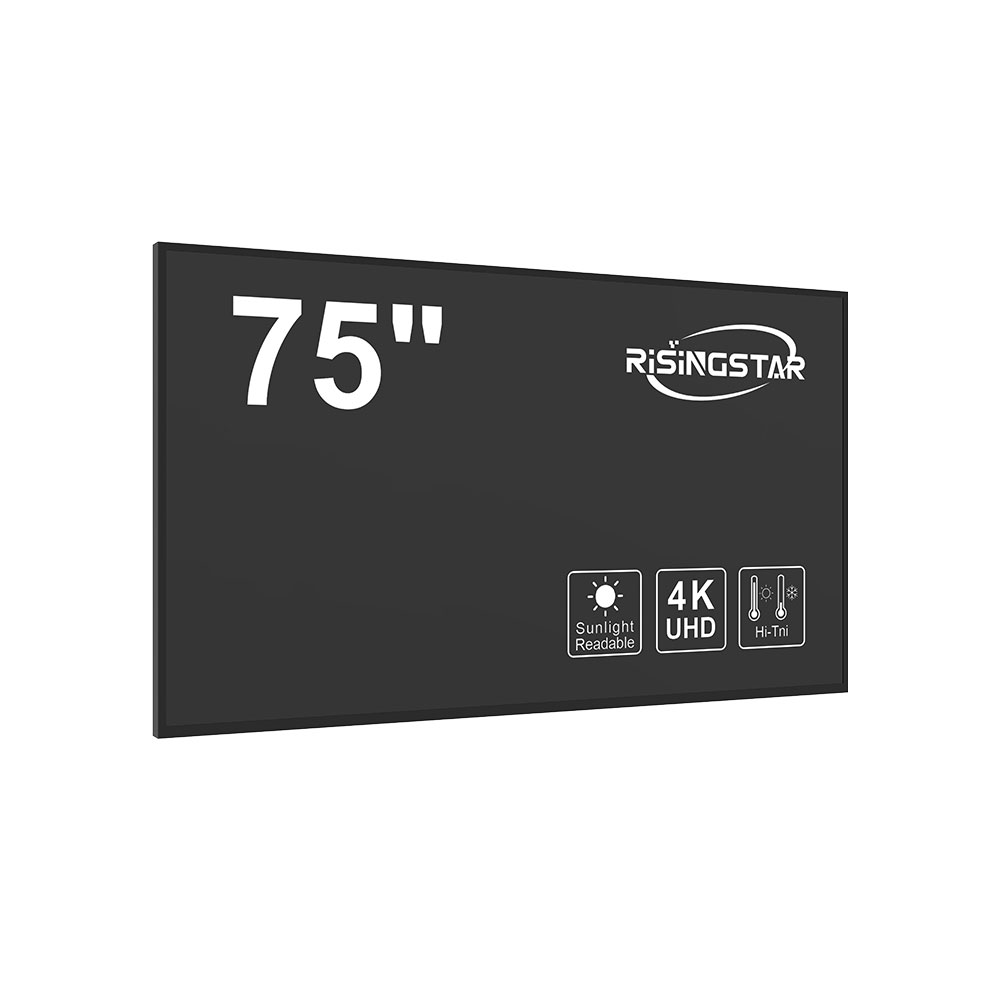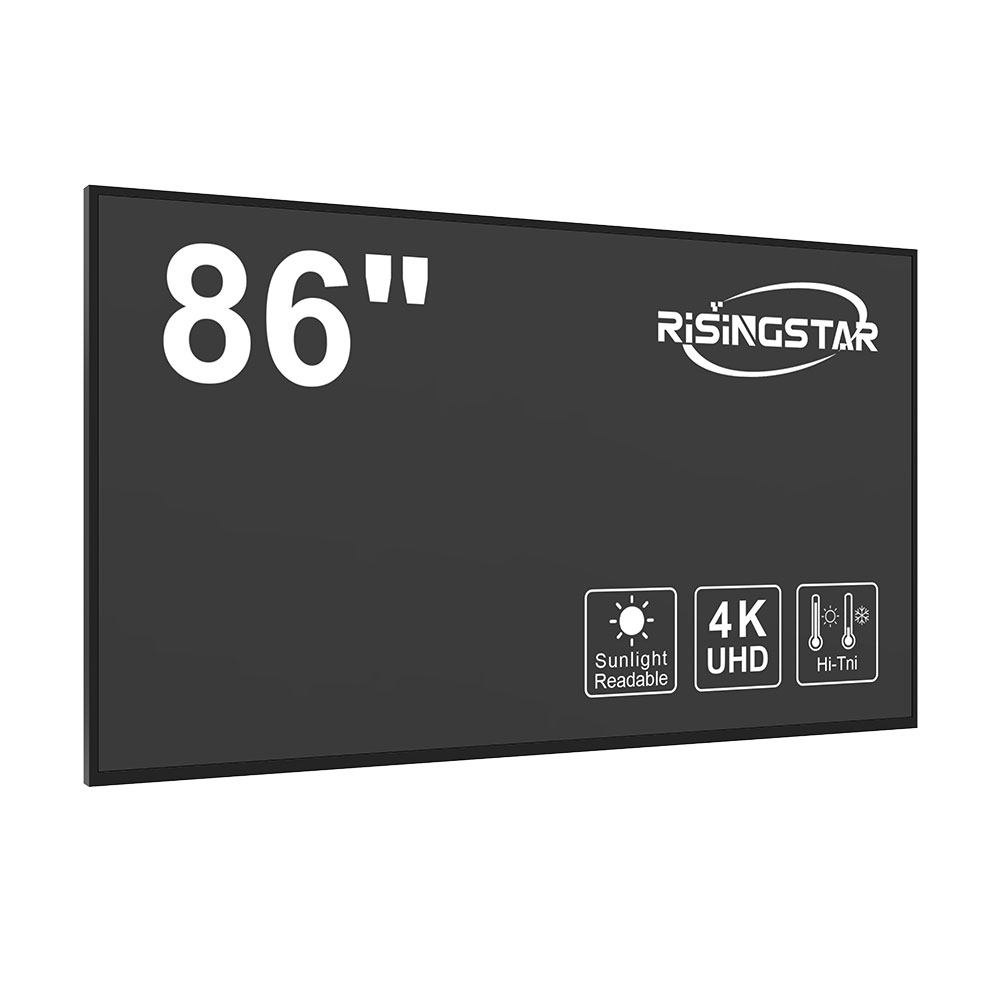
Declaración de privacidad: Su privacidad es muy importante para nosotros. Nuestra empresa promete no divulgar su información personal a ninguna empresa externa sin su permiso explícito.
In the rapidly evolving world of display technology, In-Plane Switching (IPS) has become a cornerstone for high-quality visual performance in monitors. Originally developed by Hitachi in the late 1990s and later refined by various manufacturers, IPS panels are now widely used across consumer electronics, professional design tools, and industrial applications due to their superior color accuracy, wide viewing angles, and consistent image quality.
What sets IPS apart from other LCD technologies like Twisted Nematic (TN) or Vertical Alignment (VA)? The key lies in how liquid crystals are aligned within the panel. In traditional TN panels, crystals rotate perpendicular to the glass substrate when activated, resulting in narrow viewing angles and poor color consistency off-axis. IPS, on the other hand, aligns liquid crystals parallel to the plane of the glass—hence the name “In-Plane Switching.” This configuration allows light to pass more uniformly across different viewing angles, significantly improving image quality from any position.
Industry data from Display Supply Chain Consultants (DSCC) shows that over 60% of premium laptop and desktop monitors shipped globally in 2023 used IPS technology, especially in markets demanding accurate color reproduction such as graphic design, video editing, and medical imaging. For instance, Apple’s Pro Display XDR and Dell’s UltraSharp series both utilize IPS panels to meet stringent professional standards. These displays offer up to 99% sRGB coverage and Delta E< 2 color accuracy—measurable metrics critical for professionals who rely on precise visuals.
Moreover, advancements in IPS technology have addressed historical drawbacks such as slower response times and lower contrast ratios compared to VA panels. Modern IPS panels now achieve 1ms response times using Overdrive techniques and improved electrode designs, while high-end models feature local dimming and mini-LED backlights to boost contrast levels close to those of OLED. A case study from LG Display revealed that their latest IPS Neo panels deliver 4000:1 contrast ratio—on par with many VA displays—while maintaining the IPS advantage of uniform brightness and no noticeable color shift.

For consumers, the benefits are clear: whether you're working remotely, gaming, or streaming content, an IPS monitor provides consistent clarity regardless of where you sit. It is also ideal for dual-monitor setups, where multiple users may view the screen simultaneously without distortion. According to a 2024 survey by Statista, 78% of users reported higher satisfaction with IPS monitors over TN panels for general productivity tasks, citing reduced eye strain and better visual fidelity.
From a manufacturing perspective, IPS panels require more complex fabrication processes and higher raw material costs than TN panels, which explains why they are often found in mid-range to high-end monitors. However, mass production improvements and increased competition have driven prices down—making IPS technology accessible even in budget-friendly models like the Acer Nitro XV240K or ASUS TUF Gaming VG249Q.
In conclusion, IPS technology represents a mature yet continuously evolving standard in display engineering. Its blend of color precision, wide viewing angles, and modern enhancements makes it indispensable for professionals and enthusiasts alike. As demand grows for immersive, accurate, and versatile screens—from remote workstations to AR/VR headsets—IPS will remain at the forefront of innovation in visual computing.

Enviar correo electrónico a este proveedor

Declaración de privacidad: Su privacidad es muy importante para nosotros. Nuestra empresa promete no divulgar su información personal a ninguna empresa externa sin su permiso explícito.